California Pollination
Share
Every year, the largest migration of insects in the world occurs as beekeepers send their hives to the almond fields in California. Thus begins the annual pollination of our commercial farms that produce most of the food we consume here in the U.S. and I am so happy to be a small part of this huge process. Three years ago, I reached out to Gary Barber, with HoneyBees Unlimited, and begged my way onto the back of a truck headed to California. He didn't know me or my bees or my beekeeping experience but he agreed to come out and meet me and view my hives and thus began a great friendship. He, and his brother Mike, have been most gracious in letting me send hives out to the almond fields and I am very grateful for their faith in my beekeeping skills. This type of beekeeping is not for everyone, and I take my hat off to all commercial beekeepers who work to provide their services so that farmers can continue to produce and supply the food we consume and enjoy.
I often get asked why don't the farmers utilize the native pollinators in their area rather than having to pay to truck honeybees in for this service and my answer is always focused on how our food is grown and the use of chemicals around these specific areas. Our food is produced on commercial farms usually concentrating on a single harvest of one specific plant. For example, the almond fields in California have, you guessed it, almond trees. These trees only bloom once a year and once their bloom is completed, the millions of acres that house these trees become a food desert and cannot support native pollinators throughout the remainder of the year. The second issue is that farmers must utilize chemicals in order to control the insects and fungi that can damage their plants and produce and unfortunately, these chemicals are not insect-specific, rather they can and will damage all insects that come into contact with it.
This year, our bees got out to the fields a few weeks earlier than what I have become accustomed to. I also waited a bit longer to get started working my bees for California and ended up having to merge several hives in order to get to the number I guaranteed to Gary. Why did I do this? Because, when you send your hives to California for almonds, they must be a certain size, meaning there must be a certain amount of bees and brood because this is what the farmers are paying for and you always run the risk of having your hives inspected and graded by the broker in California. This grade not only affects your future invitations onto trucks but also how much you get paid per hive. The bottom line, if you choose to send your bees, prepare to work your hives year-round, and don't be that guy that sends weak hives and gets everyone dinged on payment.
As of today, some of my hives have made it home but others are still out in the almond fields, which are now flooded with water. I'm not sure how many will come back in good health and can only wait until the next truck returns in order to see how to proceed this year. Am I frustrated? Somewhat. Am I discouraged? No. Am I worried? Somewhat. I wish this didn't happen but it's always a possibility so I make sure I am insured for loss. This particular avenue of beekeeping is not for everyone, but I can tell you that for the most part, I enjoy it, and will send my hives next year if Gary and Mike will have me.
